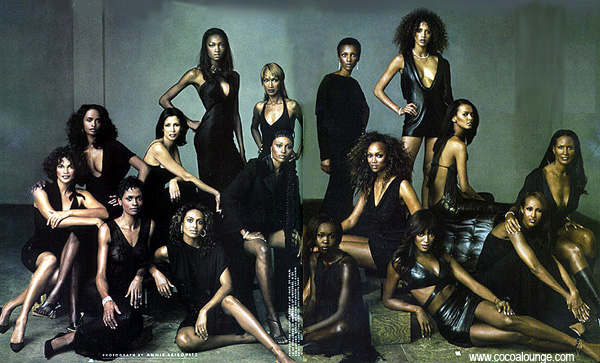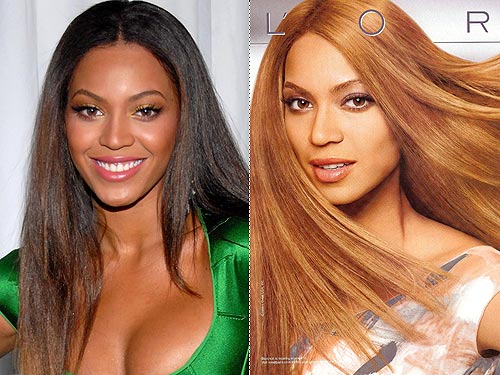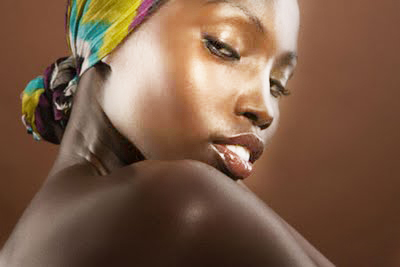In the spring of 1964,
a group of students fed up with social regulations gathered and marched
silently around dormitories on the campus of Radford College, not having
realized organizers had called off the planned protest.[i]
This would be the first of many physical demonstrations held by Radford College
student during the 1960s, and this would be the last demonstration they would
be pressured to end. The students had realized the college administration they
were facing was unwilling to compromise on campus issues that concerned them
and they were breaking ground as the first group of students to publically
demonstrate against the social policies of Radford College in the 1960s. Some
of the reasons for the protest were quoted by students as being, “we can’t wear
Bermuda shorts on campus without wearing a coat,” “we should be allowed to
drink—the rule now says we can’t drink within a 50 mile radius of campus,” and
“we couldn’t hold a drive for the Kennedy Memorial fund, because that was
‘soliciting on campus.’”[ii] Most of
the student’s claims were supported by the student handbook. The social
policies and freedoms, as defined by student handbooks, from 1964 until 1972,
when the college became coeducational, varied, but still remained strict.
Although social regulations annoyed the women of Radford, the lack of attention
given to their requests for change seemed to be the real cause for unrest.
As the decade
continued students began to fear they were being censored by the college
administration through their campus newspaper the Grapurchat, so they developed an alternative newspaper, The Ant Hill, where students could
submit articles on any topic they wished, without the fear of censorship.[iii]
And as the decade neared to a close, students on Radford’s campus began to
protest the actions of the United States in the war in Vietnam, holding
demonstrations and silent protests on campus. In 1968, a student’s article
appeared in the Ant Hill concerning
the rumor of coeducation, with the author noting that, “college education on
any other basis is incomplete and unrealistic. We live in a bisexual world, and
to isolate a man or woman, during his or her active and formative college years
is quite unnatural and ill-preparing for the rest of life.”[iv] This article was written four years before
Radford would become a coeducational college, but as Radford College, like many
other women’s colleges, was transitioning into the 1970s, it was also
transitioning towards coeducation.[v] This change was occurring around the same
time another change was taking place at Radford, as Dr. Donald N. Dedmon assumed
the position as Radford’s fourth president in 1972 and Dr. Martin took the job
of Chancellor and by July 6, 1972, 59 years of tradition would officially
change as Radford would be open to both female and male students.[vi] In Dr. Dedmon’s move to president and
Radford’s transition to coeducation, Dedmon promised “a new, exciting,
successful era for Radford College.”[vii]
The new decade and “era” at Radford College was
one of promise for the students who had actively participated in bringing
change to the campus. By 1972, students were allowed to make their own
decisions on what they considered “appropriate dress” as opposed to following a
dress code, the handbook printed that students should dress in a way that was
“appropriate for the academic or social activity they are attending,” and asked
them to use their personal judgment noting that “neat, casual attire” was
always appropriate.[viii] Policy
was not the only issue that had changed for Radford, as college conferences
began to shift from topics concerning housewifery to issues on civil rights and
war. Students had gone from being afraid to sign their names on letters to the Grapurchat, to holding public
demonstrations against their college administration, with hundreds in
attendance. And as the fear of censorship grew, the handbook began to print
“safeguards of editorial freedom” and a “code of ethics” in regards to the Grapurchat and outlined regulations for
developing new campus organizations. [ix]
Although progress had been made, the students still had regulations that had
not been abolished and they continued to protest those regulations throughout
the new decade. But as the fight for the abolishment of social regulations
continued, a new set of problems began to develop surrounding the departure of
Dr. Martin. During the midst of the Martin controversy, coeducation and relaxed
social regulations allowed for some optimism among the student body, as
students hoped Radford would only progress. Each class of women could have not
progressed without the work of the class before them and those who followed did
not allow that progress to be in vain.
- Caitlyn Parker
[i]Lewis,
“Radford Girls Cancel Protest Demonstration,” Publicity about Radford
College-Women’s Division of Virginia Polytechnic Institute, May 1945-June 1956,
January 1965-June 1964, vol. 2. Radford University Archives, Radford, Virginia.
[ii] Ibid.
[iii] Ant Hill, Vol. 1, no.2, April 21, 1968,
Charles Knox Martin Papers, Radford University Archives, McConnell Library,
Radford University, Radford, Virginia.
[iv] Ant Hill, “Co-Education?”
[v] A.J. Angulo
and Leland Graham, “Winthrop College in the Sixties: Campus Protests, Southern
Style,” Historical Studies in Education
23, no. 2 (2011), 120.
[vi] David
Horton, “A Narrative History of Radford University,” Radford University Archives,
Radford, Virginia, http://lib.radford.edu/archives/RUHistory/general.html,
(Accessed November 4, 2012).
[vii] “Radford
Goes Coed,” Grapurchat, Vol. 53,
no.1, July 6, 1972, http://library.radford.edu/archives/
grapurchat/GrapurchatImages/1972/july061972-1.JPG, (Accessed November 4, 2012).
[viii] Rules
Committee (1970-71). Handbook on Student Life at Radford College, 1971-72,
Radford University Archives, Radford, Virginia
[ix] Handbook,
1970-71; Handbook, 1971-72.






